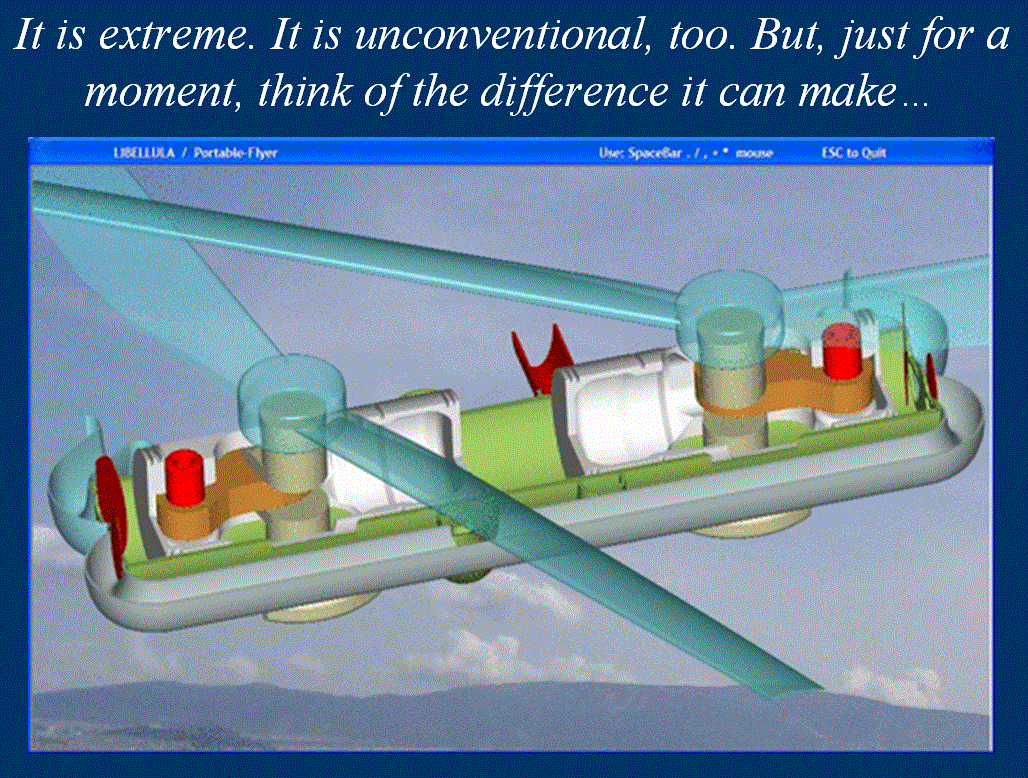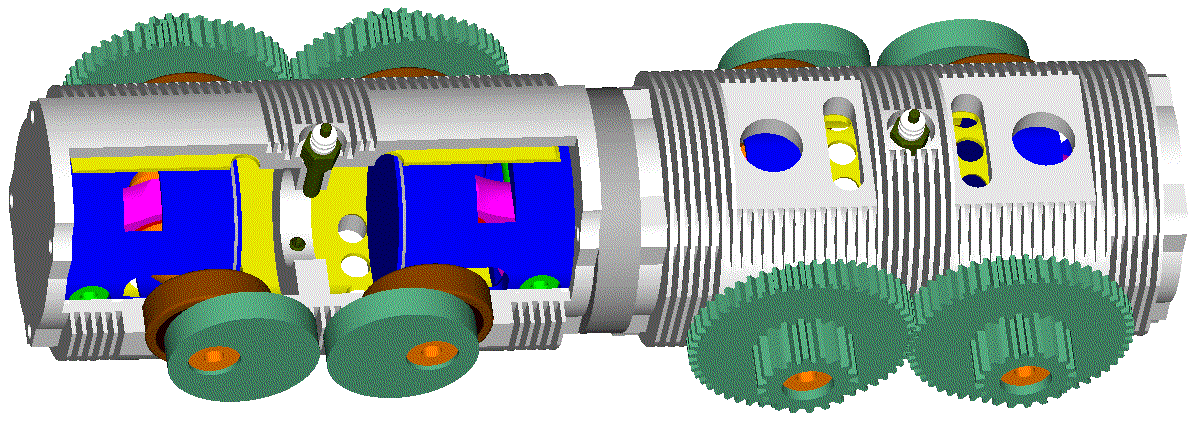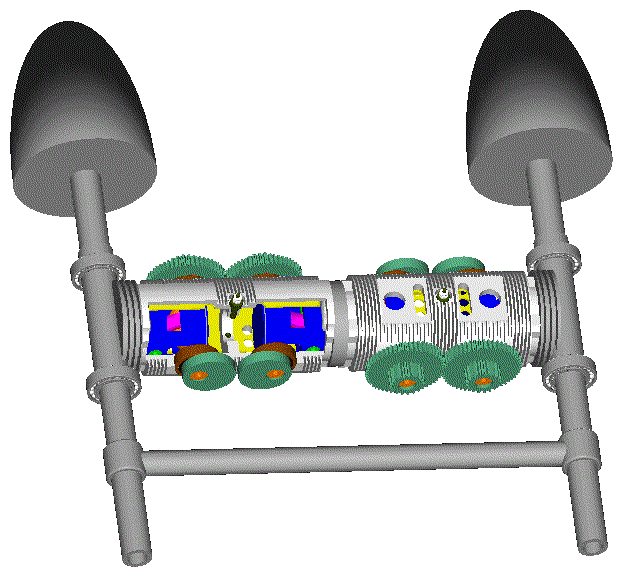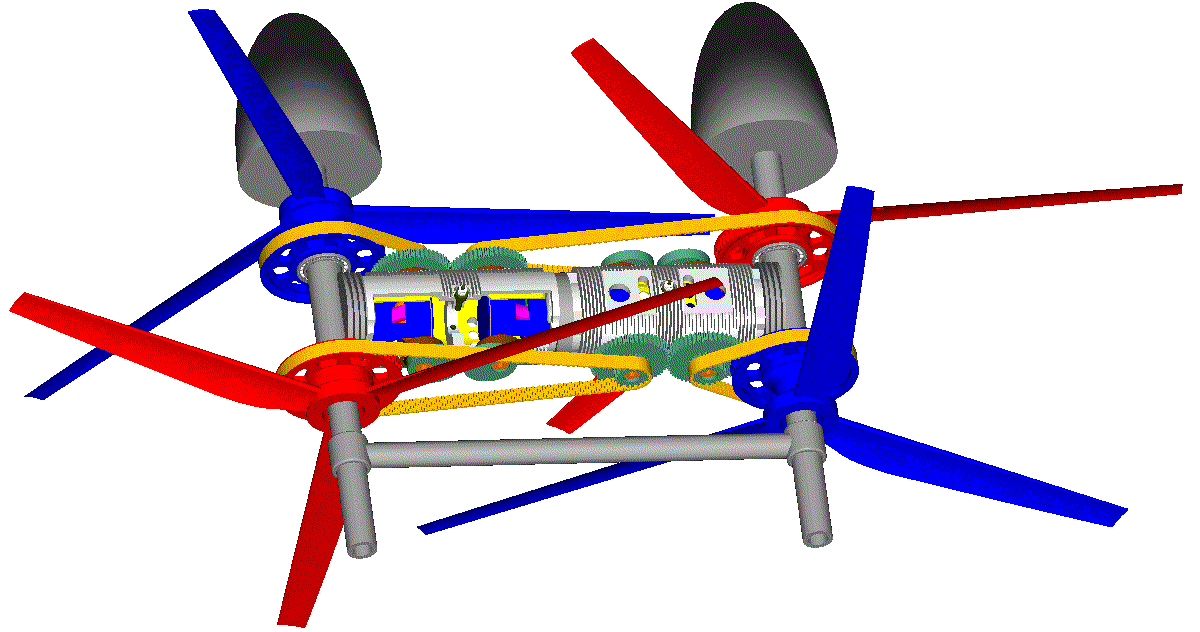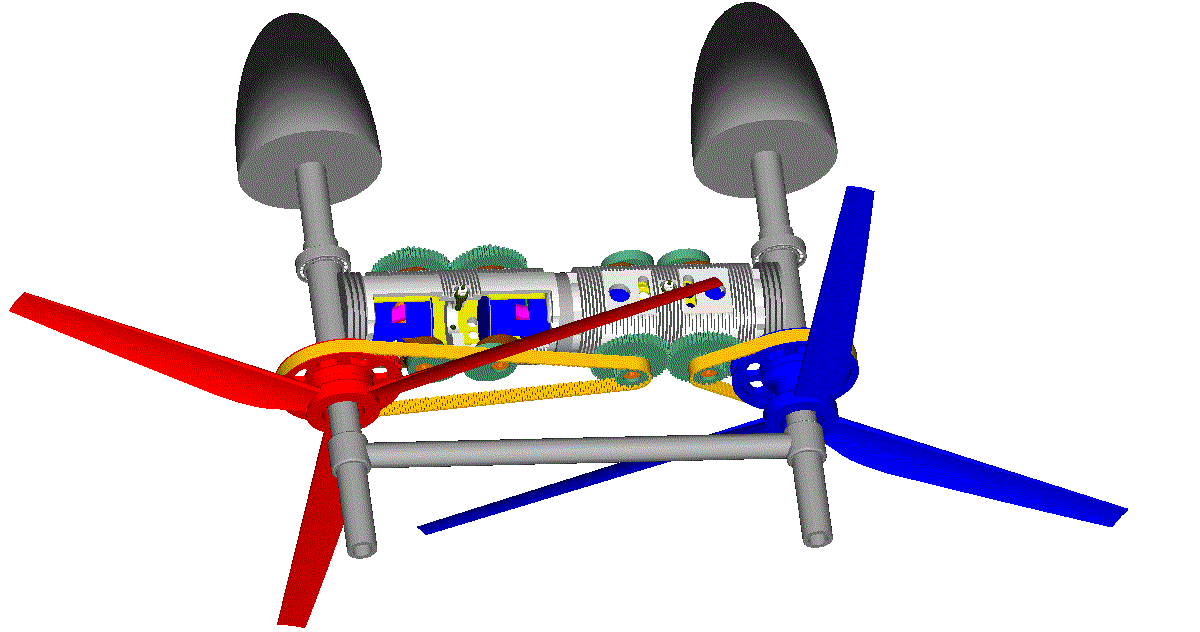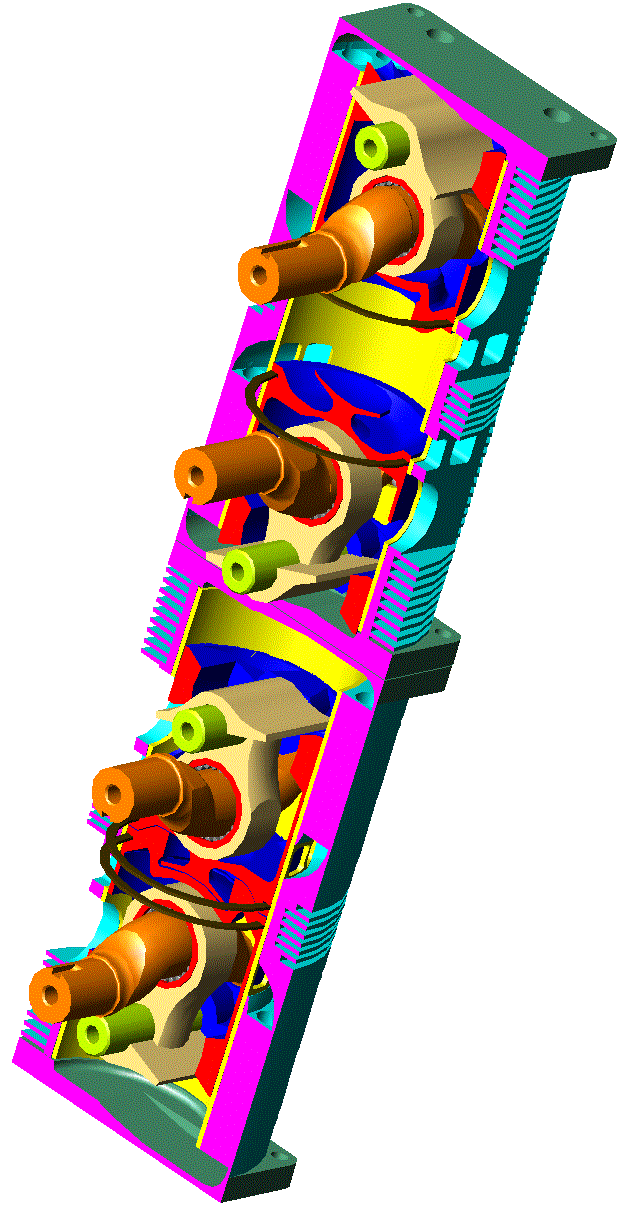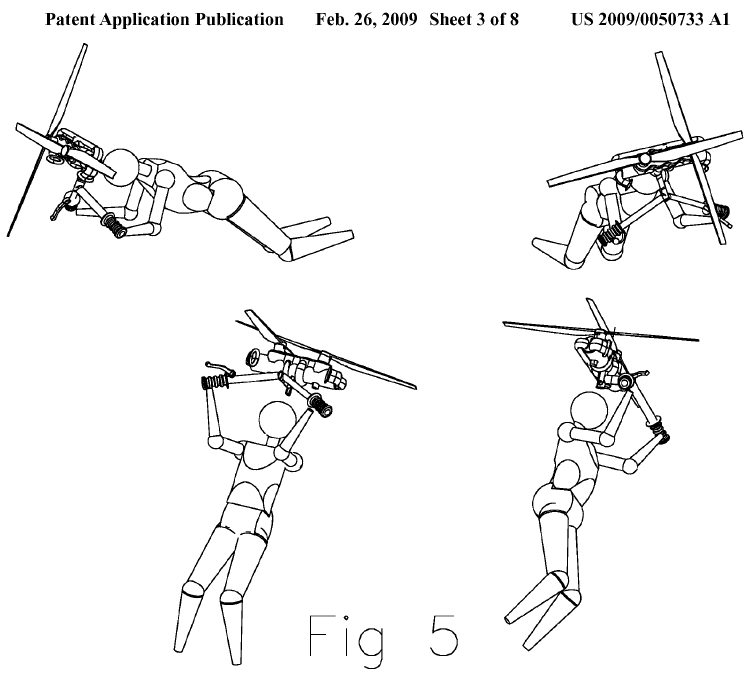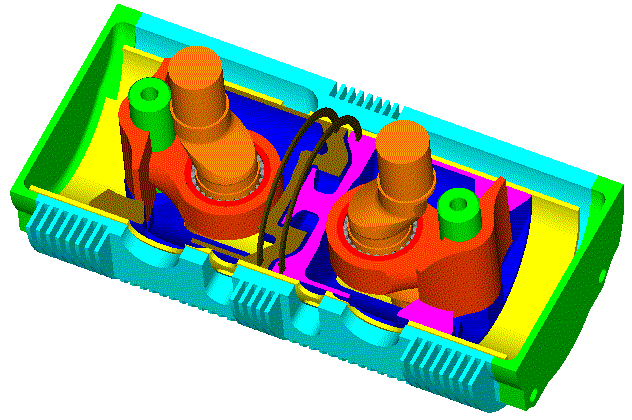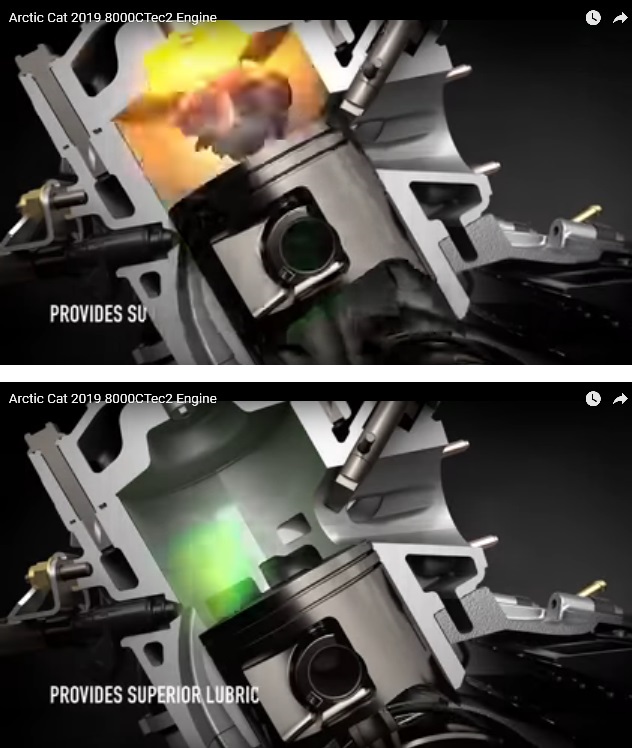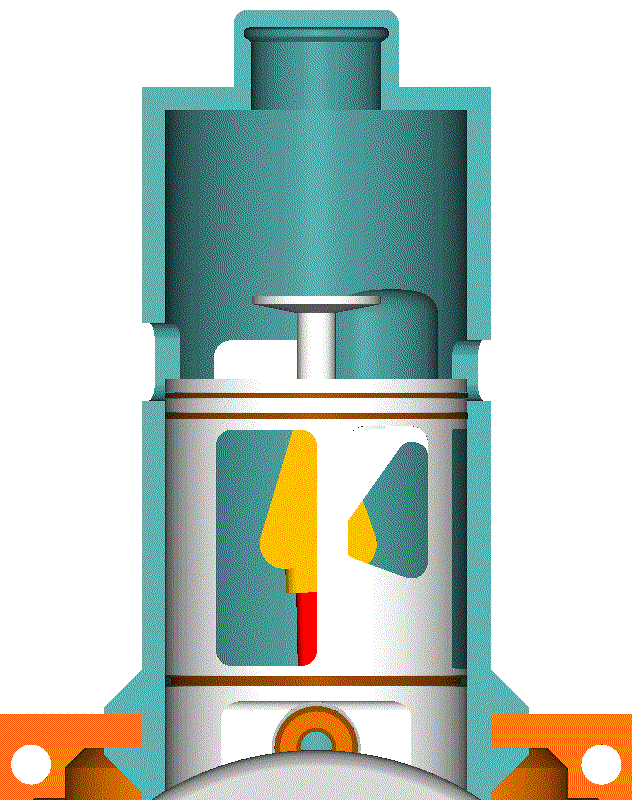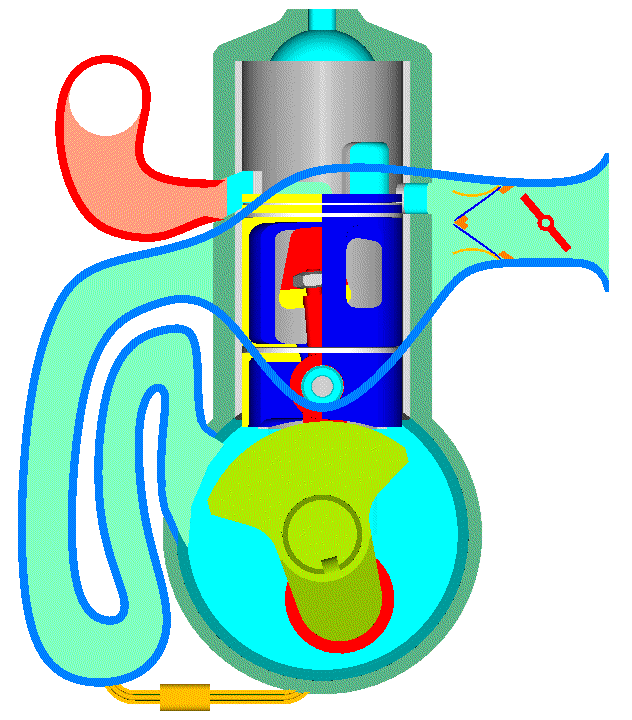Hello J.A.W.
Interesting:
39,000rpm!
Mosquito sound!
Supposing a 15mm piston stroke (as in the OS18TZ that has rev limit above 40,000rpm), the mean piston speed of the “mosquito” engine is near 20m/sec.
The video is from NZ.
Here are some recent bad news from NZ:
https://www.stuff.co.nz/business/101977 ... -quits-asx :
Martin Jetpack posts $5m loss, quits ASX

With 320Kg total mass at take-off and two 500mm diameter ducted fans, they were obvious, from the beginning, two design flaws of the Martin JetPack: its extreme disk loading (which translated into extreme fuel consumtion and noise) and its extreme weight.
Think what 320Kg take off mass means: in order to carry in the air an 80Kg man, you add 240Kg of metal, carbon fibers and fuel. . .
In comparison,
the Portable Flyer has some 4 times biger disk area and some three times lower total mass at take off, which means a disk loading about equal to the disk loading of the OSPREY V22 and some 12 times lower than Martin's JetPack.
The extreme disk loading is incompatible with the rest Martin JetPack and its quite low cruising speed.
They talk for some 80million dollars overall losses. . .
Portable Flyer RPM:
The OPRE Tilting engines of the Portable Flyer are to run until 10,000 rpm (wherein the mean piston speed is only 10m/sec), half of the "Mosquito" engine.
Portable Flyer Sound / Noise:
At a Quiet Take-Off each engine is running at 7,000rpm and has to provide ~30bhp, which means it has to provide ~30mN of torque, which means it runs at ~60% load (30mN torque from a 350cc 2-stroke).
With HCCI combustion (instantaneous burning, wide open throttle (actually no throttle, as in the Diesels)):

and lambda=1/0.6=1.7, the cylinder temperature (degrees Kelvin) at the opening of the exhaust ports is substantially lower, say 3/4 of the temperature at the opening of the exhaust ports of the same engine running at lambda=1 and spark ignition (progressive burning).
The pressures have the same ratio with the temperatures, i.e. the PatBam HCCI OPRE Tilting makes substantially less noise.
Portable Flyer yaw control at hovering:
The pilot displacing properly his legs / arms in the downstream of the propellers, is pushed by a pair of eccentric aerodynamic forces that cause the rotation (yaw) of the Portable Flyer about its vertical axis towards any direction:
 Portable Flyer from hovering to cruising:
Portable Flyer from hovering to cruising:
The pilot by extending his legs / arms towards a destination, displaces the center of gravity of the Portable Flyer relative to the plain defined by the rotation axes of the propellers, which causes the propeller axes to "lean" towards the destination.
The vertical component of the thrust takes the weight of the Portable Flyer, while the horizontal component of the thrust accelerates the Portable Flyer towards its destination.
As the cruising speed of the Portable Flyer increases, the aerodynamic drag displaces the pilot away from the vertical position, reducing his frontal area.
At some cruising speed, the pilot is at a 60 degrees leaning from vertical:
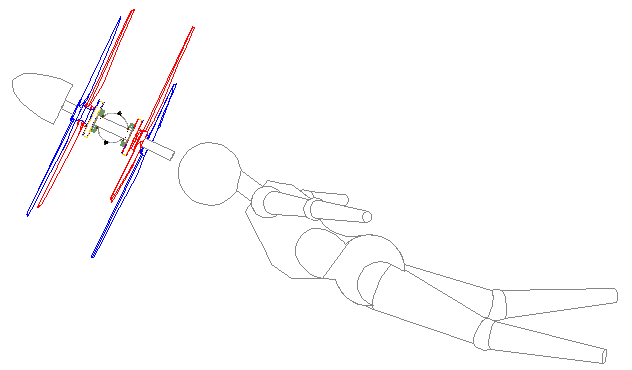
wherein the frontal area nearly halves, and wherein the lift is about equal to the drag. The aerodynamic lift balances a significant part of the weight of the pilot; the rest weight is balanced by the vertical component of the propellers thrust.
A "nose up" in an airplane (due to a disturbance) may end up with a stall or accident; a "nose up" in a Portable Flyer causes a horizontal deceleration and - in the worst case - ends up with hovering.
A "nose down" in the Portable Flyer is automatically corrected: the aerodynamic drag and the weight keep the center of gravity lower than the centers of the propellers.
Thanks
Manolis Pattakos

